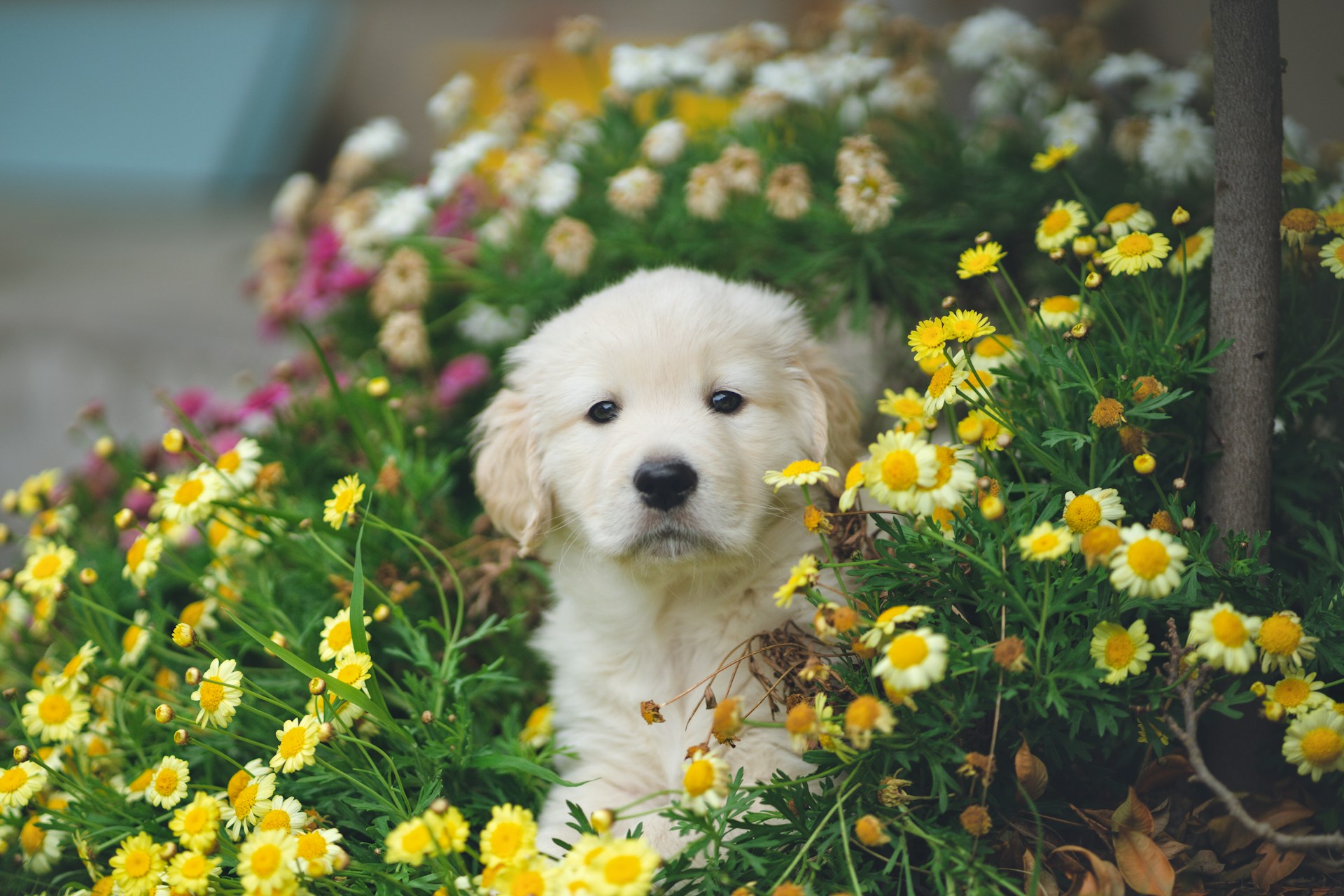Last updated: 23 February 2024
Today’s topic is a crucial health post for all dog parents: Toxic Plants For Dogs. Our goal is to help you learn to spot harmful plants as well as plant poisoning symptoms, to keep your dog friendly.
What We’ll Cover:
- Introduction to Toxic Plants for Pets
- Understanding the risks
- Tips for pet-proofing your home
- 10 Toxic Plants for Pets
- From Aloe to Rhododendron
- The Symptoms of Toxic Plant Poisoning
- How to spot and react to urgent health signs
- Emergency Response to Toxic Plant Poisoning
- Steps to take and when to see a vet
Introduction to Toxic Plants for Pets
While we all love beautiful plants in our homes and gardens, unfortunately some plants can be dangerous to our furry friends. If toxic plants are eaten by your dog they can experience a range of effects, from mild discomfort to life threatening health issues. Puppies are especially at risk as they love to explore and chew on anything they find interesting.
Making sure dangerous plants are removed from your home and educating yourself to post poisonous plants can make a significant difference. It’s important to remember that even outside your home you will need to stay careful even and watch your pet closely, as they can find harmful plants in parks or on walks around your neighbourhood.
Today we will focus on 10 common plants that can be toxic to our dogs. However, if you’re looking for a more extensive list of toxic plants, make sure to review our comprehensive guide of 400+ Poisonous Plants For Dogs to help keep your pets safe.
10 Toxic Plants for Pets
While aloe offers lots of health benefits for humans, such as easing sunburn, it is unfortunately toxic to pets, causing stomach upset and lethargy.
Croton
Commonly used as a garden hedge between properties, this plant poses risks of dehydration, digestive, and nervous system issues in pets.
Dieffenbachia
A popular and beautiful household plant, Dieffenbachia can cause symptoms similar to those of the Philodendron if eaten by pets.
Laurel
While Laurel plants are beautiful to look at, unfortunately every part of the plan is poisonous to pets and can potentially causing stomach, heart, nerve, and breathing problems.
Lily of the Valley
Despite its lovely bells, fragrance, and its tradition as a May 1st gift, this plant’s toxins are hazardous to pets, leading to severe heart problems.
Mistletoe
Famous for the tradition of “kissing underneath the mistltoe”, the berries and leaves of mistletoe are dangerous for pets, capable of causing vomiting, diarrhoea, seizures, and even coma.
Peace Lily
Often found as a decorative plant in homes, the peace lily can lead to digestive issues and mucous membrane irritations (in the mouth and throat) for pets.
Philodendron
Philodendron is highly toxic to pets and if eaten can cause bleeding gums, excessive salivation, diarrhoea, vomiting, asphyxia and tremors,
Poinsettia
A holiday favourite, the poinsettia is as eye-catching as it is detrimental to pets, with its leaves capable of causing digestive issues.
Rhododendron
Rhododendrons are commonly found in gardens but pose a threat as their leaves and flowers are toxic, potentially causing paralysis, tremors, or severe heart problems in pets.
The Symptoms of Toxic Plant Poisoning
Recognising the signs of plant poisoning early can be life-saving. While symptoms can vary widely, from drooling and vomiting to seizures or difficulty breathing, if you notice any unusual behaviour or after your pet has been near plants immediate action needs to be taken.
Respiratory Distress
Difficulty in breathing can often be the first warning of toxicity in pets. They might breathe hard or fast, or act as if they’re trying to catch their breath. These symptoms can worsen quickly and need urgent care.
Digestive Issues
Vomiting and diarrhoea are common signs of plant poisoning in pets, and they can quickly lead to dehydration or intestinal bleeding. As a result, it’s crucial to recognise these symptoms early to react and prevent serious health issues.
Cardiac Concerns
Eating toxic plants can lead to heart issues in pets, including irregular heartbeats and weakness. In serious cases, it may even cause a heart attack. If your pet’s heart rate changes suddenly, they need urgent care from a vet.
Neurological Signs
Issues such as seizures, confusion, and fainting, can indicate severe poisoning in pets. These signs tell us that the poison is affecting the pet’s nerves, and the severity of reactions can vary based on what kind of plant and how much of it your pet has eaten.
Skin and Mucous Membrane Reactions
Touching some plants can cause skin problems, such as swelling and rashes, or bother the mouth, throat, and eyes. This happens when a pet bites or touches a dangerous plant.
Emergency Response to Toxic Plant Poisoning
Eating toxic plants doesn’t always cause issues for pets but knowing the signs is crucial, as it can mean the difference between a small issue and a major emergency. If you suspect your pet has eaten a poisonous plant you should seek veterinary care immediately. Fast action can greatly improve their chances.
Avoid using home remedies or giving your pet any medications, water, or food without a vet’s recommendation. If you don’t know which plant your pet ate, take a plant sample to the vet for precise identification.
Remember, in potential toxic poisoning cases, it’s better to be cautious and seek a vet’s advice quickly rather than to wait and take a risk that could greatly impact your pet’s health and safety.
What is Gudog?
Gudog is the easiest way to find & book the perfect dog Sitter. Thousands of loving Sitters are ready to care for your dog like family! All bookings come with Veterinary Care & Free Cancellation.
